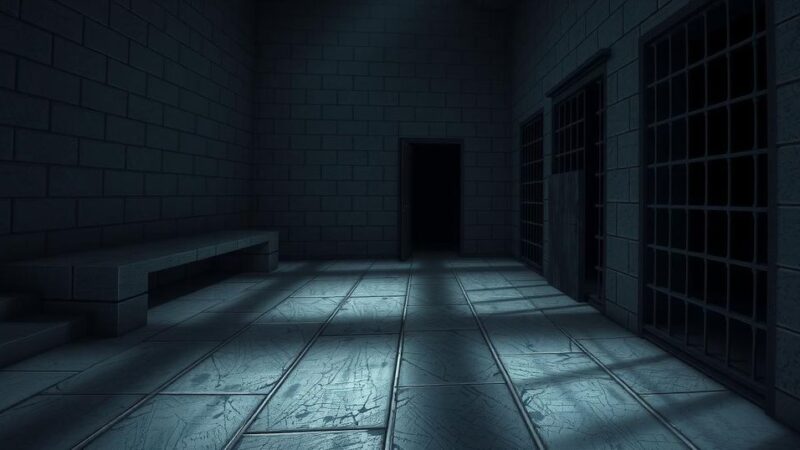Brazilian cinema originated in the late 19th century, pioneered by Affonso and Paschoal Segreto, who introduced cinema to Brazil. The first feature film, “O Crime dos Banhados,” laid the foundation for national cinema traditions. Key filmmakers in the 1920s and 1930s contributed to its growth, with significant works like “Limite” and Carmen Miranda’s musicals. The importance of preserving this cultural heritage is emphasized for future generations.
Brazilian cinema has a rich history that began in the late 19th century with the advent of the cinematograph, invented by the Lumière brothers in 1895. Pioneers such as Affonso and Paschoal Segreto recorded scenes of Guanabara Bay in 1898, marking the inception of national cinema. In addition to filmmaking, they established cinemas throughout Brazil, thus playing a crucial role in the popularization of this art form.
The first feature film in Brazil, “O Crime dos Banhados” (The Crime in the Marshes), directed by Francisco Santos in 1914, established national cinematic traditions. Although this crime drama, inspired by a true murder case, is now considered lost, it laid the groundwork for future Brazilian films. Santos further contributed with his 1915 film “Inocência,” based on a novel by Alfredo d’Escragnolle Taunay.
The 1920s marked an important era for Brazilian cinema, highlighted by notable filmmakers such as Humberto Mauro. His films, such as “Tesouro Perdido” (Lost Treasure) in 1927, encapsulated the spirit of the time. Jose Medina’s “Exemplo Regenerador” (Regeneration Model) and Luiz de Barros’ “Acabaram-se os Otários” (No More Idiots) further advanced the genre, with the latter being recognized as Brazil’s initial sound film.
Significant figures like Gilberto Rossi and Adhemar Gonzaga contributed to the development of Brazilian cinema in the 1930s, Gonzaga founding one of Brazil’s largest film studios. The 1930s further witnessed the success of films like “Limite” (1931) by Mario Peixoto, which became a landmark in Brazilian film history, alongside popular musical films featuring Carmen Miranda.
Reflecting upon the milestones of Brazilian cinema instills pride in the legacy and highlights the need to preserve and promote this cultural heritage. Each film and initiative has contributed to a cinematic journey that continues to inspire both the present and the future of audiovisual arts in Brazil. Thank you for exploring the history of Brazilian cinema with me. I anticipate sharing more captivating stories that shape our cultural identity in future discussions.
The history of Brazilian cinema is characterized by its evolution from pioneering efforts in the late 19th century to the establishment of a national cinematic identity over the decades. Key figures and landmark films have contributed to this development, culminating in a rich cultural legacy. It is imperative that this heritage be preserved and appreciated, ensuring that it continues to inspire future generations in Brazil’s audiovisual arts.
Original Source: tvbrics.com






